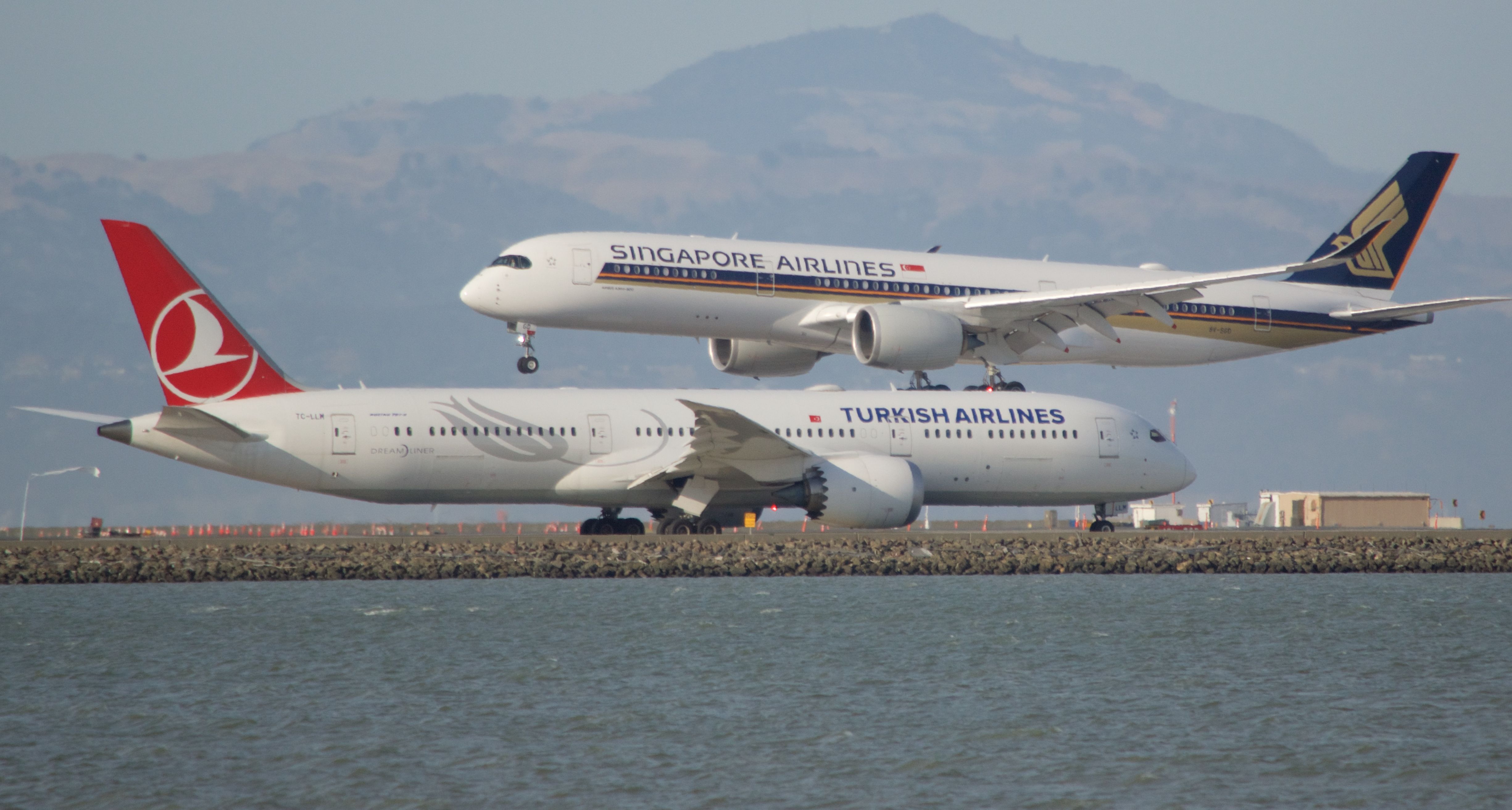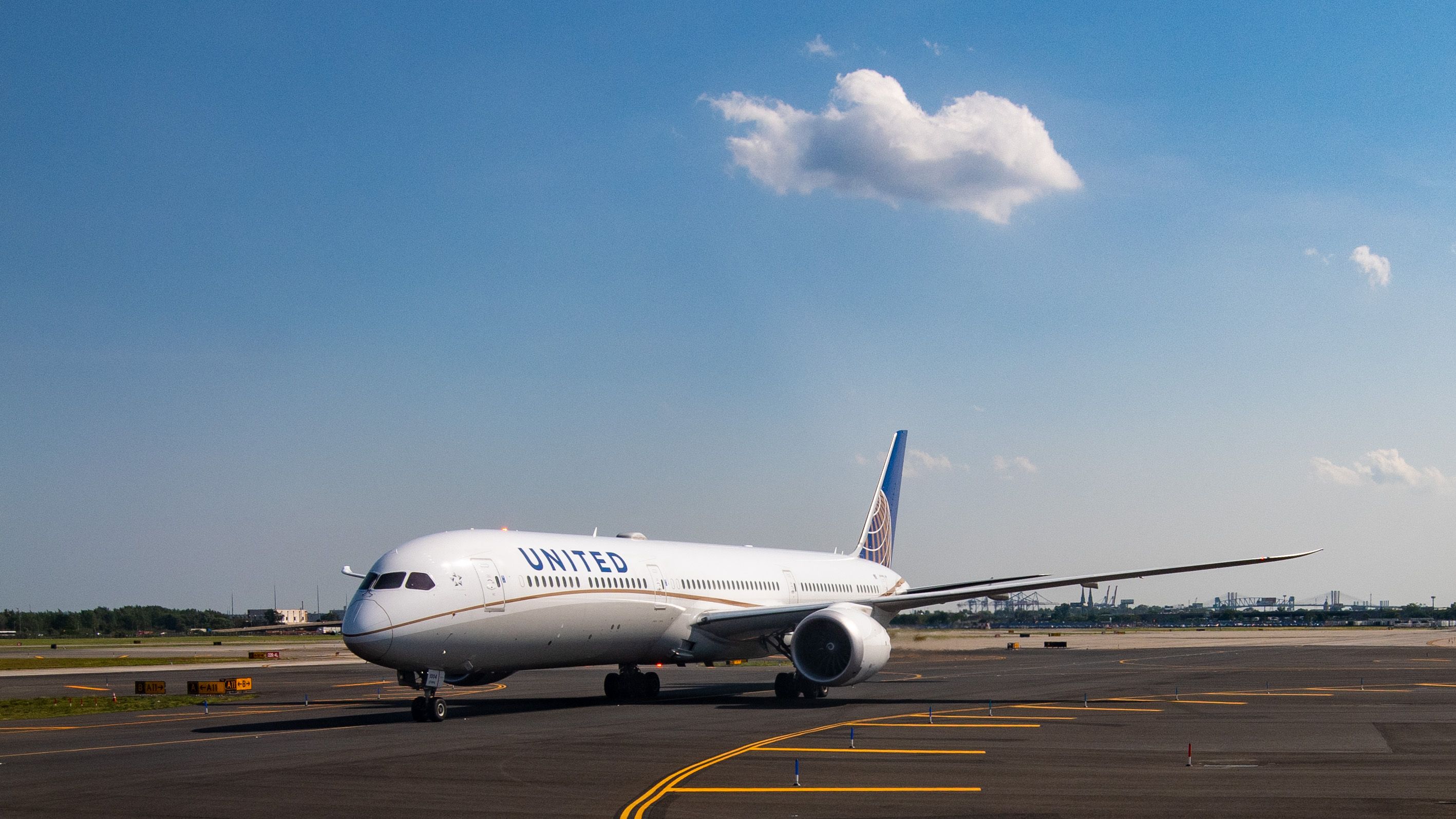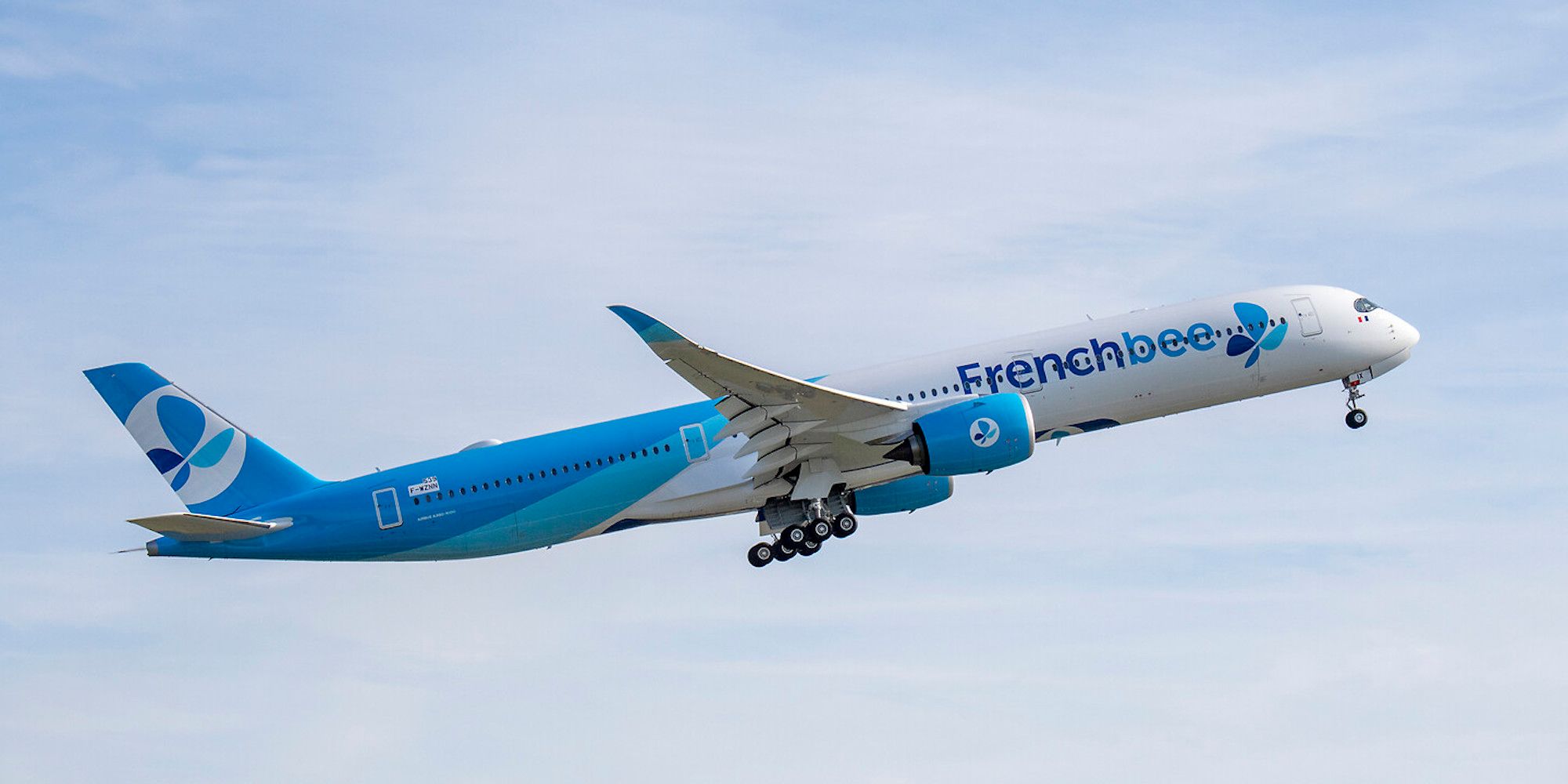The Boeing 787 changed the game for low-cost carriers, offering strong trip economics and allowing for budget long-haul travel. However, with Airbus following up with its A350 family, the pair are locked in competition for who tops the charts. Today, let's take a look at the largest offerings of both families, the A350-1000 and 787-10, in high-density layouts.
Comparing the two
To be as fair as possible, we will be looking at the highest density configurations of both the Boeing 787-10 and Airbus A350-1000. We will not be looking at passenger comforts but just how cheap we can make these aircraft fly and how many people we can cram onboard. Sadly, this isn't too far from the airline view either.
On the surface, this is how the airframe hardware compares:
- Boeing 787-10 - A maximum exit limit of 440 passengers to a range of 11,910 km (6,430 nautical miles)
- Airbus A350-1000 - A maximum exit limit of 480 passengers to a range of 16,100 km (8,700 nautical miles)
Passengers
Looking at the passenger numbers, we have the following:
- Boeing 787-10 - 440 seats at 32 inches of seat pitch
- Airbus A350-1000 - 480 seats with 31 inches of seat pitch.
Likely the Boeing 787-10 could fit a few more passengers onboard, but according to the specifications, it may affect the safety of the passengers (its exit limit is 440) thus, it won't carry more than 440. The A350 clearly wins out here, offering the highest exit limits, and still leaves some wiggle room for comfortable seats, but we'll get to that in a minute.
Get the latest aviation news straight to your inbox: Sign up for our newsletters today.
Fuel burn per seat
Now we know how many passengers are sitting onboard with their knees buckled and fellow passengers breathing down their necks, how much is it going to cost us in fuel?
Estimating a distance of around 5,000 nautical miles, each aircraft would have around this much fuel burn per KM:
- Boeing 787 - 5.63 kg/km (20.0 lb/mi)
- Airbus A350 - 6.03 kg/km (21.4 lb/mi)
Calculating for our monster of an aircraft, estimating that each passenger and their baggage weighs, we get:
- Boeing 787 - 2.31 L/100 km (102 mpg‑US)
- Airbus A350 - 2.39 L/100 km (98 mpg‑US)
Thus we can assume that the Boeing 787-10 actually will be more efficient than the A350-1000.
Get the latest aviation news straight to your inbox: Sign up for our newsletters today.
Bottom line - which will make more money?
Will better fuel efficiency mean that the Boeing 787 moves ahead? Or will more passengers (40 more) mean that the A350 will be better?
This is part of the summary where things get complicated since fuel prices vary on a day-to-day basis as well. However, the A350 does have one trump card: its range. Interestingly, few airlines have opted for the 787-10 for their fleets, and no budget carriers. The A350-1000 has also seen little low-cost interest, bar French bee's all-economy cabin. However, with a massive range, the Airbus offering has a higher chance of attracting customers in the future.
Back-of-the-book calculations estimate that the A350 would be ever-so-slightly more efficient per mile given its higher capacity and if fuel prices are within normal ranges. Currently, only the French bee A350-1000 is scheduled to have the maximum 480 seats, with 40 of those being premium recliner seats. However, Boeing is yet to attract any low-cost customers for its stretched 787-10.
What do you think? Do you have a better idea of the numbers? We would love to see your own assumptions in the comments below.



